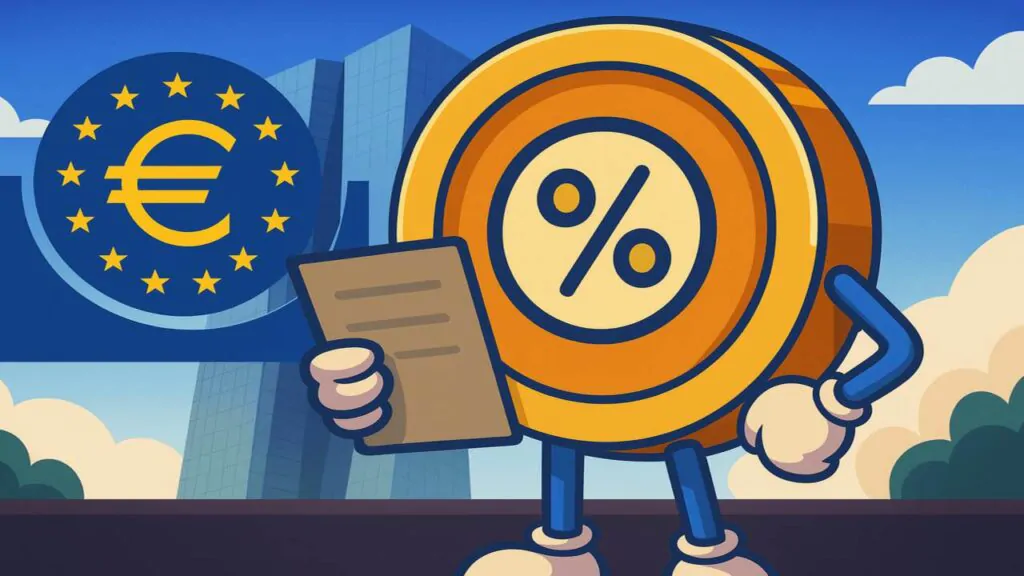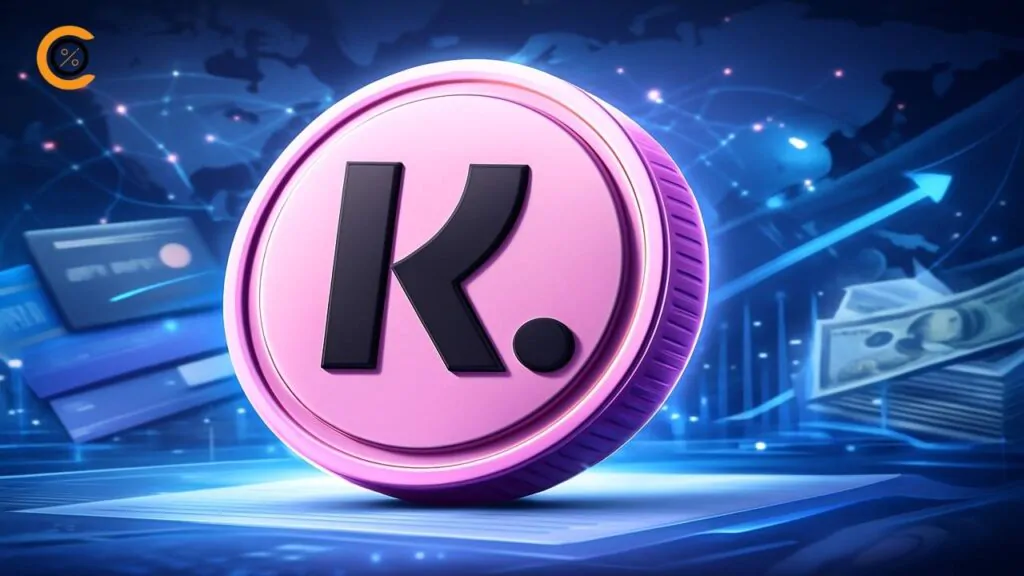- •The ECB is exploring Ethereum and Solana as potential infrastructures for the digital euro instead of a private system.
- •European officials see public blockchains as a way to counter U.S. dollar-backed stablecoins, which dominate 98% of the market.
- •A final decision on the digital euro framework is expected by the end of 2025, with privacy and governance issues still under discussion.
The European Central Bank (ECB) looks to Ethereum and Solana for its digital euro plan, signaling a possible shift toward public blockchains instead of closed, private systems. This development highlights a potential shift in Europe’s strategy, as the institution weighs its options in response to the growing influence of U.S. dollar-backed stablecoins.
A Shift Toward Public Blockchains
According to reports from the Financial Times, EU officials are looking more seriously at Ethereum and Solana as possible infrastructures for the digital euro. Initially, the expectation was that the project would use a private, closed system. Now, discussions are expanding to include decentralized and distributed ledger technologies.
The move represents a contrast with China’s central bank digital currency (CBDC), which operates on a strictly private network. Instead, a digital euro anchored on Ethereum or Solana would resemble the American model, where private firms such as Circle issue stablecoins on open, public blockchains.
Responding to Stablecoin Dominance
One factor influencing this shift is the rapid growth of dollar-backed stablecoins. U.S. assets like USDT and USDC dominate about 98% of the global stablecoin market, strengthening the dollar’s position internationally. European policymakers see this as a potential risk to the euro’s monetary sovereignty.
ECB Executive Board member Piero Cipollone previously warned that Europe’s reliance on U.S. stablecoins could undermine the euro. A public blockchain-based digital euro, interoperable with decentralized finance (DeFi) applications, could provide a counterweight by offering European citizens and businesses a competitive alternative.
Balancing Innovation and Governance
While public blockchains provide strong interoperability, they also raise governance concerns. Experts, including Juan Ignacio Ibañez of the DLT Scientific Foundation, have noted that governments could be tempted to exert greater influence over blockchain governance if a central bank currency were deployed on open networks.
This creates a dilemma for the ECB: how to reconcile the decentralized design of Ethereum or Solana with the institution’s regulatory and oversight requirements. Privacy concerns also remain central to the debate. Critics of CBDCs often cite fears of surveillance, while the ECB has clarified that personal data would remain with commercial banks rather than the central bank itself.
Influence of U.S. Legislation
The debate within Europe has intensified following the passage of the Genius Act in the United States. The law makes it easier for corporations to issue stablecoins, reinforcing the dollar’s dominance in digital finance. EU officials, according to reports, felt “rattled” by this development and are now accelerating discussions on the digital euro.
Pierre Gramegna, managing director of the European Stability Mechanism, emphasized that a successful U.S. stablecoin ecosystem could affect Europe’s financial stability. He urged the ECB to ensure that the digital euro becomes a reality to safeguard Europe’s strategic autonomy.
Read more: U.S. Senate Passes GENIUS Act in Landmark Stablecoin Vote
The Road Ahead
The ECB has stated that it is considering both centralized and decentralized technologies for the digital euro and has not yet committed to a specific framework. Testing is ongoing, including collaborations with projects such as COTI, which is exploring confidential payment mechanisms that balance privacy with regulatory traceability.
A final decision on whether to issue the digital euro is expected by the end of 2025. Until then, Ethereum and Solana remain under evaluation as possible infrastructures. The ECB’s choice could mark a turning point, aligning Europe with open blockchain innovation while confronting the challenges of governance, privacy, and monetary sovereignty.







